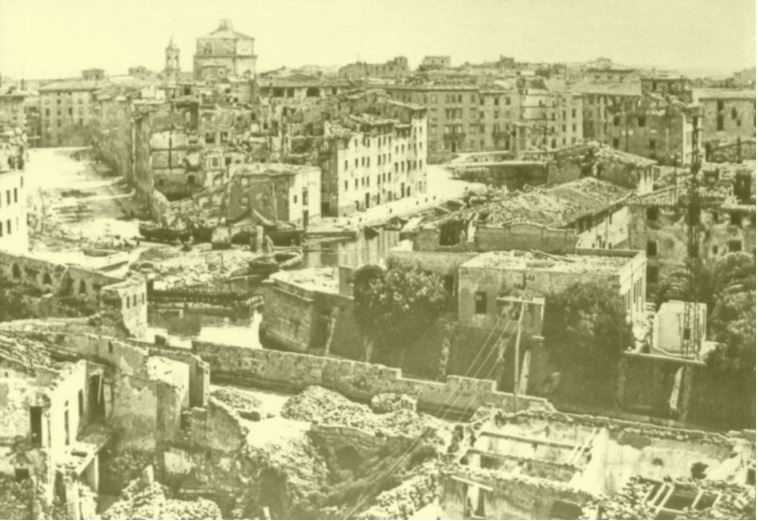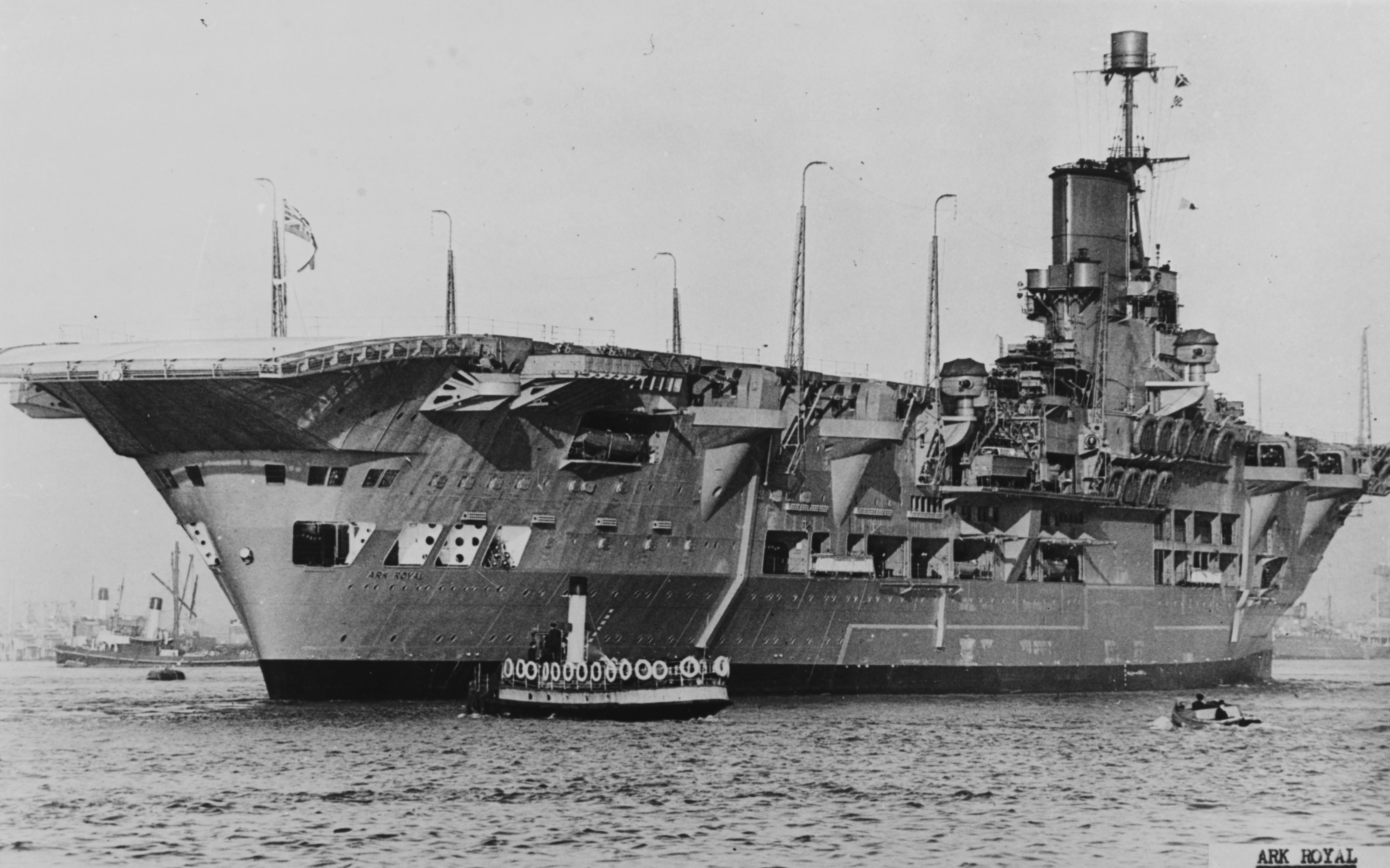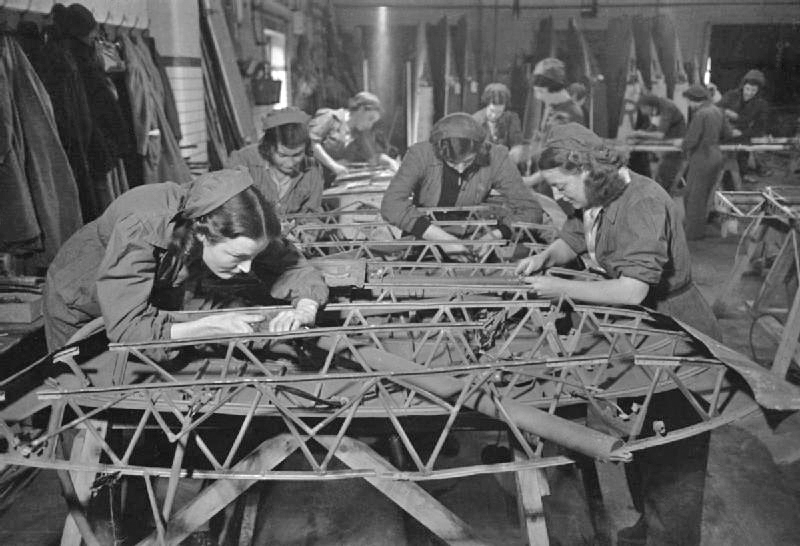|
Bombing Of Livorno In World War II
During World War II, Tuscany, the Italian port city of Livorno was repeatedly bombed by the Allies of World War II, Allied air forces, suffering about a hundred raids altogether, which resulted in it being among the most war-damaged cities in Italy. Background Livorno, the main port of Tuscany, was considered by the Allies to be of strategic importance owing to its harbour facilities (the harbour of Livorno was one of the main ports of the Italian Tyrrhenian Sea, Tyrrhenian coast north of Rome), its marshalling yards, its Cantiere navale fratelli Orlando, shipyard (which built destroyers and corvettes for the Regia Marina, Italian Navy), its oil refinery and other factories engaged in war production, such as the Motofides torpedo factory.Marco Gioannini, Giulio Massobrio, ''Bombardate l’Italia. Storia della guerra di distruzione aerea 1940-1945'', p. 294. Air raids The first air raid on Livorno took place at 2:30 on 16 June 1940, six days after Italy's entrance into the war, ... [...More Info...] [...Related Items...] OR: [Wikipedia] [Google] [Baidu] |
World War II
World War II or the Second World War, often abbreviated as WWII or WW2, was a world war that lasted from 1939 to 1945. It involved the vast majority of the world's countries—including all of the great powers—forming two opposing military alliances: the Allies and the Axis powers. World War II was a total war that directly involved more than 100 million personnel from more than 30 countries. The major participants in the war threw their entire economic, industrial, and scientific capabilities behind the war effort, blurring the distinction between civilian and military resources. Aircraft played a major role in the conflict, enabling the strategic bombing of population centres and deploying the only two nuclear weapons ever used in war. World War II was by far the deadliest conflict in human history; it resulted in 70 to 85 million fatalities, mostly among civilians. Tens of millions died due to genocides (including the Holocaust), starvation, ma ... [...More Info...] [...Related Items...] OR: [Wikipedia] [Google] [Baidu] |
Hotel
A hotel is an establishment that provides paid lodging on a short-term basis. Facilities provided inside a hotel room may range from a modest-quality mattress in a small room to large suites with bigger, higher-quality beds, a dresser, a refrigerator and other kitchen facilities, upholstered chairs, a flat screen television, and En-suite, en-suite bathrooms. Small, lower-priced hotels may offer only the most basic guest services and facilities. Larger, higher-priced hotels may provide additional guest facilities such as a swimming pool, business centre (with computers, printers, and other office equipment), childcare, conference and event facilities, tennis or basketball courts, gymnasium, restaurants, day spa, and social function services. Hotel rooms are usually Room number, numbered (or named in some smaller hotels and Bed and breakfast, B&Bs) to allow guests to identify their room. Some boutique, high-end hotels have custom decorated rooms. Some hotels offer meals as part ... [...More Info...] [...Related Items...] OR: [Wikipedia] [Google] [Baidu] |
French North Africa
French North Africa (french: Afrique du Nord française, sometimes abbreviated to ANF) is the term often applied to the territories controlled by France in the North African Maghreb during the colonial era, namely Algeria, Morocco and Tunisia. In contrast to French West Africa and French Equatorial Africa which existed as federations of French colonies and administrative entities in their own right, French North Africa was never more than a term of convenience to refer to the three separately governed territories under different forms of colonial regime. In the 19th century, the decline of the Ottoman Empire, which had loosely controlled the area since the 16th century, left the region vulnerable to other forces. In 1830, French troops captured Algiers and from 1848 until independence in 1962, France treated Algeria as an integral part of France, the ''Métropole'' or metropolitan France. In subsequent decades, a substantial European settler population emerged in Algeria known ... [...More Info...] [...Related Items...] OR: [Wikipedia] [Google] [Baidu] |
Southern Italy
Southern Italy ( it, Sud Italia or ) also known as ''Meridione'' or ''Mezzogiorno'' (), is a macroregion of the Italian Republic consisting of its southern half. The term ''Mezzogiorno'' today refers to regions that are associated with the people, lands or culture of the historical and cultural region that was once politically under the administration of the former Kingdoms of Naples and Sicily (officially denominated as one entity ''Regnum Siciliae citra Pharum'' and ''ultra Pharum'', i.e. "Kingdom of Sicily on the other side of the Strait" and "across the Strait") and which later shared a common organization into Italy's largest pre-unitarian state, the Kingdom of the Two Sicilies. The island of Sardinia, which had neither been part of said region nor of the aforementioned polity and had been under the rule of the Alpine House of Savoy that would eventually annex the Bourbon-led and Southern Italian Kingdom altogether, is nonetheless often subsumed into the ''Mezzogiorno'' ... [...More Info...] [...Related Items...] OR: [Wikipedia] [Google] [Baidu] |
Malta
Malta ( , , ), officially the Republic of Malta ( mt, Repubblika ta' Malta ), is an island country in the Mediterranean Sea. It consists of an archipelago, between Italy and Libya, and is often considered a part of Southern Europe. It lies south of Sicily (Italy), east of Tunisia, and north of Libya. The official languages are Maltese and English, and 66% of the current Maltese population is at least conversational in the Italian language. Malta has been inhabited since approximately 5900 BC. Its location in the centre of the Mediterranean has historically given it great strategic importance as a naval base, with a succession of powers having contested and ruled the islands, including the Phoenicians and Carthaginians, Romans, Greeks, Arabs, Normans, Aragonese, Knights of St. John, French, and British, amongst others. With a population of about 516,000 over an area of , Malta is the world's tenth-smallest country in area and fourth most densely populated sovereign cou ... [...More Info...] [...Related Items...] OR: [Wikipedia] [Google] [Baidu] |
Northwest Italy
Northwest Italy ( it, Italia nord-occidentale or just ) is one of the five official statistical regions of Italy used by the National Institute of Statistics (ISTAT), a first level NUTS region and a European Parliament constituency. Northwest encompasses four of the country's 20 regions: *Aosta Valley *Liguria *Lombardy *Piedmont Economy The Gross domestic product (GDP) of the region was 580.3 billion euros in 2018, accounting for 32.9% of Italy's economic output. GDP per capita adjusted for purchasing power was 35,900 euros or 119% of the EU27 average in the same year. See also * National Institute of Statistics (Italy) * Italian NUTS level 1 regions: ** Northeast Italy ** Central Italy ** South Italy ** Insular Italy * Northern Italy * Southern Italy Southern Italy ( it, Sud Italia or ) also known as ''Meridione'' or ''Mezzogiorno'' (), is a macroregion of the Italian Republic consisting of its southern half. The term ''Mezzogiorno'' today refers to regions that a ... [...More Info...] [...Related Items...] OR: [Wikipedia] [Google] [Baidu] |
England
England is a country that is part of the United Kingdom. It shares land borders with Wales to its west and Scotland to its north. The Irish Sea lies northwest and the Celtic Sea to the southwest. It is separated from continental Europe by the North Sea to the east and the English Channel to the south. The country covers five-eighths of the island of Great Britain, which lies in the North Atlantic, and includes over 100 smaller islands, such as the Isles of Scilly and the Isle of Wight. The area now called England was first inhabited by modern humans during the Upper Paleolithic period, but takes its name from the Angles, a Germanic tribe deriving its name from the Anglia peninsula, who settled during the 5th and 6th centuries. England became a unified state in the 10th century and has had a significant cultural and legal impact on the wider world since the Age of Discovery, which began during the 15th century. The English language, the Anglican Church, and Engli ... [...More Info...] [...Related Items...] OR: [Wikipedia] [Google] [Baidu] |
RAF Bomber Command
RAF Bomber Command controlled the Royal Air Force's bomber forces from 1936 to 1968. Along with the United States Army Air Forces, it played the central role in the strategic bombing of Germany in World War II. From 1942 onward, the British bombing campaign against Germany became less restrictive and increasingly targeted industrial sites and the civilian manpower base essential for German war production. In total 364,514 operational sorties were flown, 1,030,500 tons of bombs were dropped and 8,325 aircraft lost in action. Bomber Command crews also suffered a high casualty rate: 55,573 were killed out of a total of 125,000 aircrew, a 44.4% death rate. A further 8,403 men were wounded in action, and 9,838 became prisoners of war. Bomber Command stood at the peak of its post-war military power in the 1960s, the V bombers holding the United Kingdom's nuclear deterrent and a supplemental force of Canberra light bombers. In August 2006, a memorial was unveiled at Lincoln Cathe ... [...More Info...] [...Related Items...] OR: [Wikipedia] [Google] [Baidu] |
Operation Grog
Operation Grog was the name assigned to the British naval and air bombardment of Genoa and La Spezia on 9 February 1941, by a fleet consisting of , , and , screened by ten fleet destroyers including , , , , and . Events The operation was originally scheduled to start on 31 January 1941, but the ships didn't leave Gibraltar until 6 February. Four destroyers carried out an anti-submarine sweep while the heavy ships carried out a feint to deceive Italian and German observers into thinking they were supporting a convoy. Genoa harbour was bombarded on 9 February, with the force sinking four cargo ships and damaging 18. A majority of Italian sources only reported heavy damage on the merchant ships ''Salpi'' and ''Garibaldi'' and the sinking of the old civilian training ship ''Garaventa''. Author Ermingo Bagnasco also reports the loss of fourteen lighters and the motor sailor ''Antonietta Madre''. According to the official files of the Italian Marina Militare, the ''Antonietta Mad ... [...More Info...] [...Related Items...] OR: [Wikipedia] [Google] [Baidu] |
HMS Ark Royal (91)
HMS ''Ark Royal'' (pennant number 91) was an aircraft carrier of the Royal Navy that was operated during the Second World War. Designed in 1934 to fit the restrictions of the Washington Naval Treaty, ''Ark Royal'' was built by Cammell Laird at Birkenhead, England, and completed in November 1938. Her design differed from previous aircraft carriers. ''Ark Royal'' was the first ship on which the hangars and flight deck were an integral part of the hull, instead of an add-on or part of the superstructure. Designed to carry a large number of aircraft, she had two hangar deck levels. She was used during a period that first saw the extensive use of naval air power; several carrier tactics were developed and refined aboard ''Ark Royal''. ''Ark Royal'' operated in some of the most active naval theatres of the Second World War. She was involved in the first aerial U-boat kills of the war, operations off Norway, the search for the German battleship , and the Malta Convoys. ''Ark Royal' ... [...More Info...] [...Related Items...] OR: [Wikipedia] [Google] [Baidu] |
Fleet Air Arm
The Fleet Air Arm (FAA) is one of the five fighting arms of the Royal Navy and is responsible for the delivery of naval air power both from land and at sea. The Fleet Air Arm operates the F-35 Lightning II for maritime strike, the AW159 Wildcat and AW101 Merlin for commando and anti-submarine warfare and the BAE Hawk as an aggressor. The Fleet Air Arm today is a predominantly rotary force, with helicopters undertaking roles once performed by biplanes such as the Fairey Swordfish. The Fleet Air Arm was formed in 1924 as an organisational unit of the Royal Air Force, which was then operating the aircraft embarked on RN ships—the Royal Naval Air Service having been merged with the Army's Royal Flying Corps in 1918 to form the Royal Air Force—and did not come under the direct control of the Admiralty until mid-1939. During the Second World War, the Fleet Air Arm operated aircraft on ships as well as land-based aircraft that defended the Royal Navy's shore establishments a ... [...More Info...] [...Related Items...] OR: [Wikipedia] [Google] [Baidu] |
Fairey Swordfish
The Fairey Swordfish is a biplane torpedo bomber, designed by the Fairey Aviation Company. Originating in the early 1930s, the Swordfish, nicknamed "Stringbag", was principally operated by the Fleet Air Arm of the Royal Navy. It was also used by the Royal Air Force (RAF), as well as several overseas operators, including the Royal Canadian Air Force (RCAF) and the Royal Netherlands Navy. It was initially operated primarily as a fleet attack aircraft. During its later years, the Swordfish was increasingly used as an Anti-submarine warfare, anti-submarine and Trainer (aircraft), training platform. The type was in frontline service throughout the World War II, Second World War. Despite being outmoded by 1939, the Swordfish achieved some spectacular successes during the war. Notable events included sinking one battleship and damaging two others of the ''Regia Marina'' (the Italian navy) during the Battle of Taranto, and the famous attack on the German battleship Bismarck, German b ... [...More Info...] [...Related Items...] OR: [Wikipedia] [Google] [Baidu] |



.jpg)



